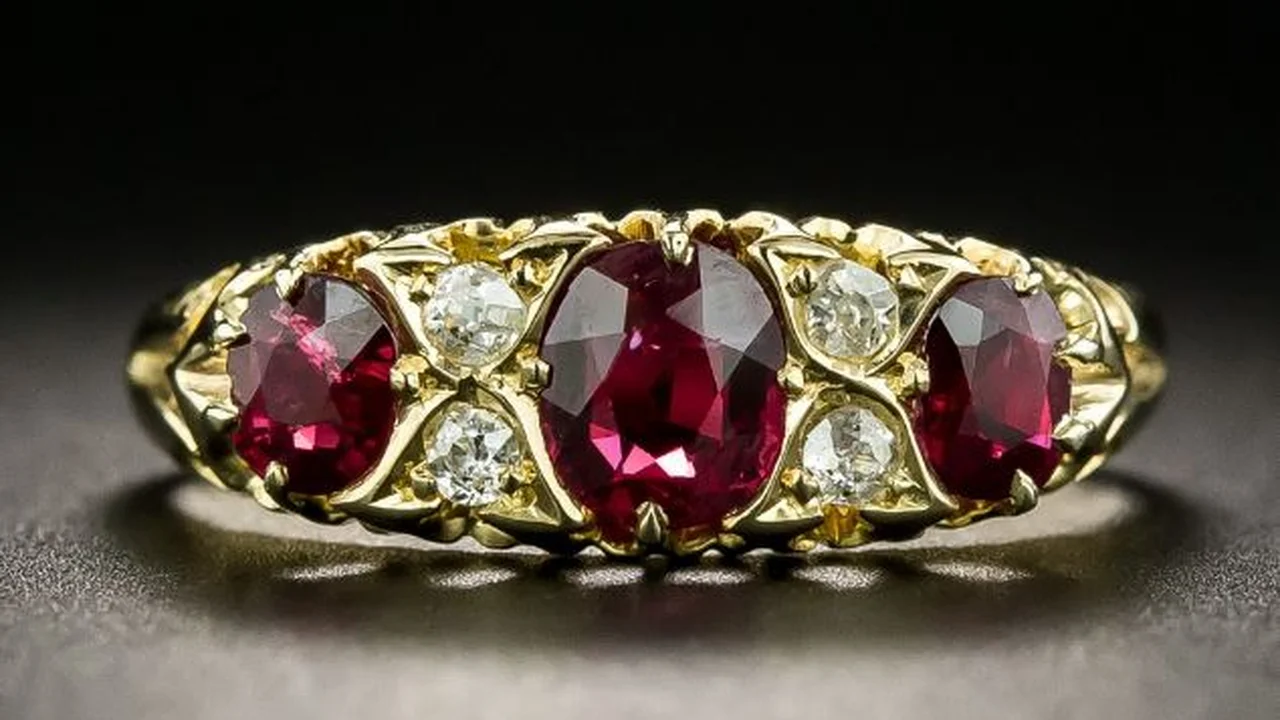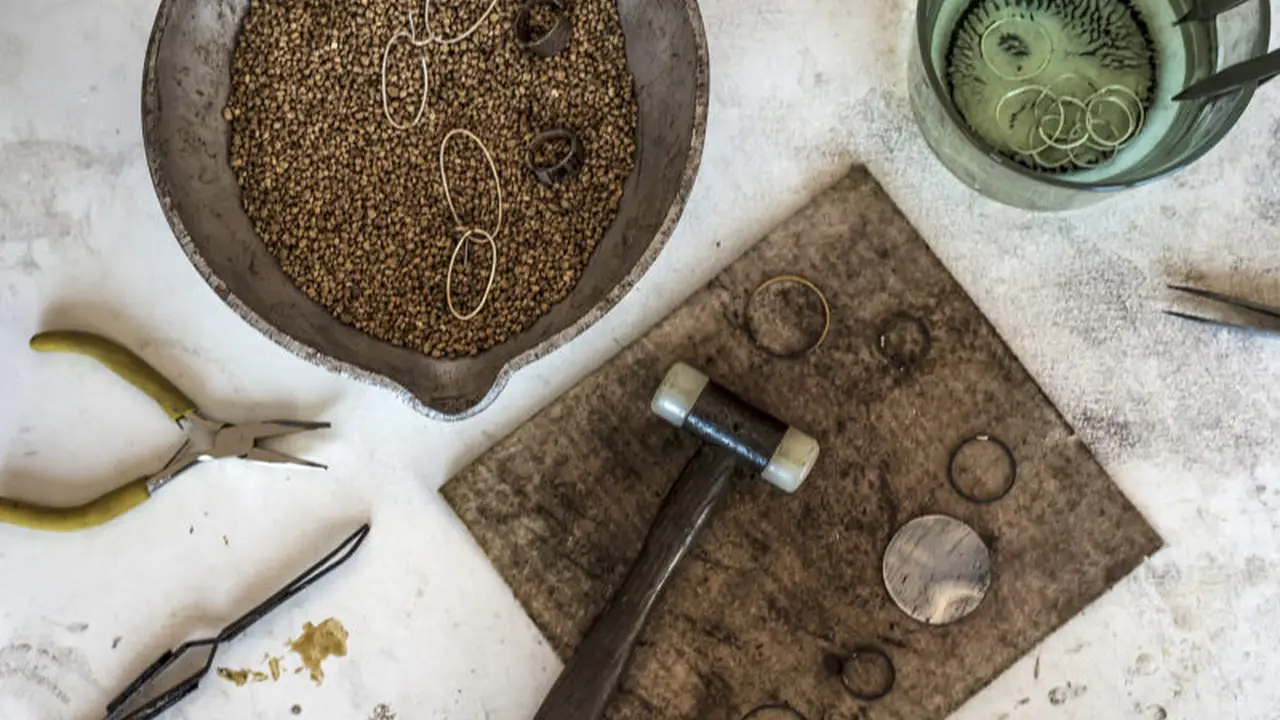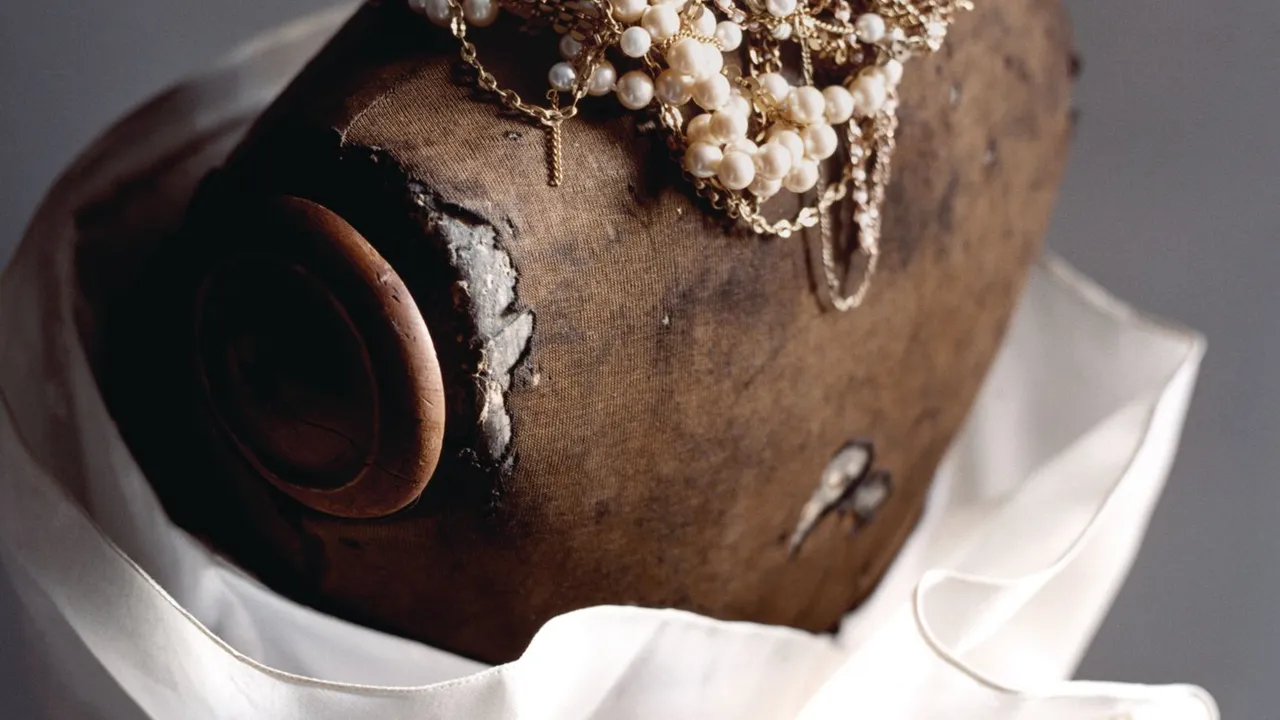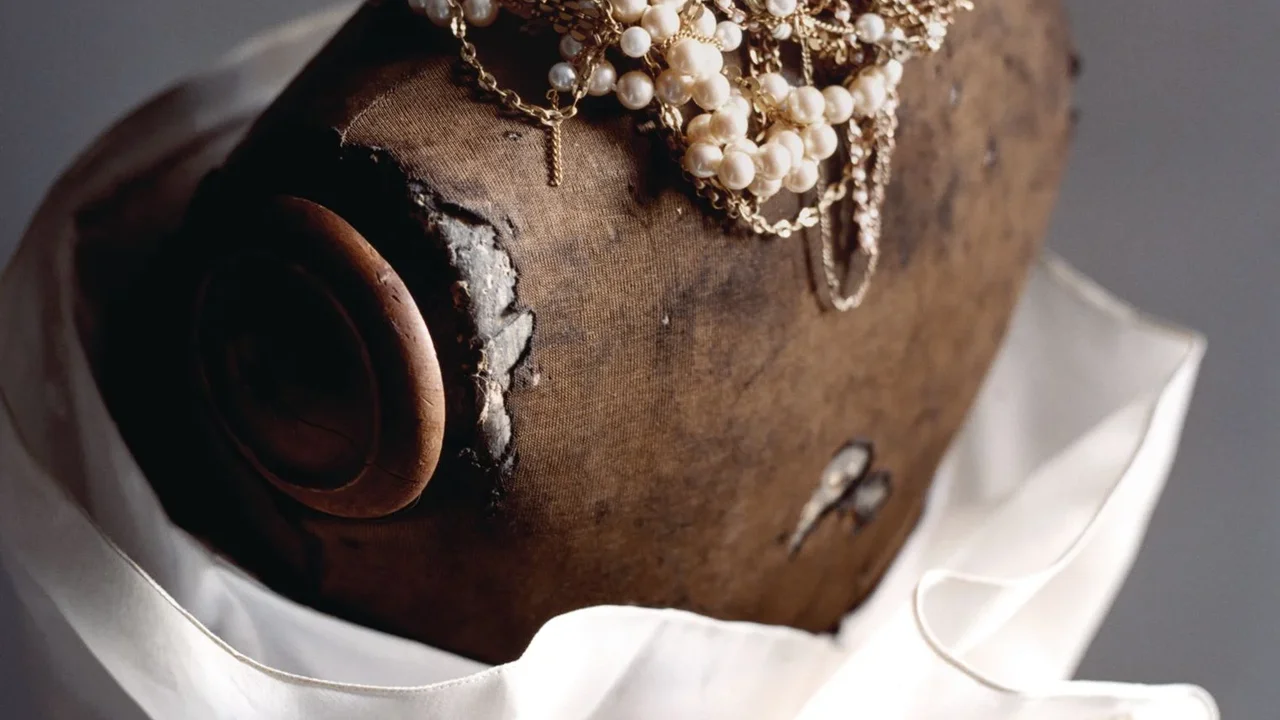Insurance for Antique Jewelry Protecting Your Investment
Learn about insurance options for antique jewelry and how to protect your investment from loss or damage.

Why Insure Your Antique Jewelry? Understanding the Risks
Let's face it, antique jewelry isn't just a pretty thing; it's an investment. These pieces are often irreplaceable, carrying significant monetary and sentimental value. Think about it – fire, theft, accidental damage… the list of potential risks is longer than you might think. Homeowner's or renter's insurance often provides some coverage, but it's rarely enough to fully protect your valuable antique collection. Standard policies typically have limits on jewelry coverage, and they might not cover the full appraised value, especially if the piece is rare or historically significant. That's where specialized antique jewelry insurance comes in. It's designed specifically to address the unique needs of antique collectors, offering broader coverage and higher limits.
Types of Antique Jewelry Insurance Policies: What's Right for You?
Okay, so you know you need insurance. But what kind? There are generally two main types of policies: scheduled and blanket.
- Scheduled Policies: This is where each piece of jewelry is individually listed and appraised. You'll need a detailed description, photos, and a professional appraisal for each item. The good news is that scheduled policies offer the most comprehensive coverage and will pay out the agreed-upon value in case of loss or damage.
- Blanket Policies: These policies provide a single coverage limit for your entire collection. They're often less expensive than scheduled policies, but they might not fully cover the value of your most expensive pieces. Blanket policies are generally suitable for collections where no single item is exceptionally valuable.
Which one should you choose? If you have several high-value pieces, a scheduled policy is definitely the way to go. For a larger collection of moderately priced items, a blanket policy might be sufficient.
What Does Antique Jewelry Insurance Cover? Common Coverage Scenarios
So, what exactly does antique jewelry insurance cover? Here’s a breakdown of some common scenarios:
- Theft: This is the big one. If your jewelry is stolen from your home, a safe deposit box, or even while you're traveling, insurance will cover the loss.
- Loss: Ever misplaced something valuable? Insurance can cover the accidental loss of a piece of jewelry.
- Damage: Whether it's a chipped gemstone, a broken clasp, or more significant damage, insurance can help cover the cost of repair or replacement.
- Mysterious Disappearance: Sometimes, things just vanish. If a piece of jewelry disappears without explanation, insurance may cover the loss.
- Worldwide Coverage: Many policies offer worldwide coverage, meaning your jewelry is protected no matter where you are. This is especially important if you travel frequently with your collection.
Factors Affecting Antique Jewelry Insurance Costs: How is the Premium Calculated?
Alright, let's talk money. How much does antique jewelry insurance actually cost? Several factors influence the premium, including:
- Appraised Value: The higher the value of your jewelry, the higher the premium.
- Location: Where you live can impact the premium. Areas with higher crime rates typically have higher insurance costs.
- Security Measures: If you have a home security system, a safe, or other security measures, you might qualify for a discount.
- Deductible: The deductible is the amount you pay out-of-pocket before the insurance company pays the rest. A higher deductible typically means a lower premium.
- Policy Type: Scheduled policies are generally more expensive than blanket policies.
The best way to get an accurate estimate is to get quotes from several different insurance providers. Don't be afraid to shop around!
Choosing the Right Insurance Provider: Key Considerations
Not all insurance companies are created equal. When choosing an insurance provider for your antique jewelry, consider the following:
- Reputation: Look for a company with a good reputation and positive customer reviews.
- Experience: Choose a company that specializes in jewelry insurance or has experience insuring valuable collectibles.
- Coverage Options: Make sure the policy offers the coverage you need, including worldwide coverage, loss coverage, and damage coverage.
- Claim Process: Understand the company's claim process. How easy is it to file a claim? How quickly are claims typically processed?
- Appraisal Requirements: Find out what type of appraisals the company requires.
Documenting Your Antique Jewelry Collection: The Importance of Accurate Records
Before you even start shopping for insurance, it's crucial to document your antique jewelry collection. This will not only help you get an accurate appraisal but also make the claim process much smoother in case of loss or damage. Here's what you should include:
- Detailed Descriptions: For each piece, write down a detailed description, including the type of jewelry, the materials used, the gemstones, the era, and any unique features.
- Photos: Take high-quality photos of each piece from multiple angles.
- Appraisals: Get a professional appraisal from a qualified appraiser. Make sure the appraisal includes the current market value of the jewelry.
- Purchase Receipts: Keep copies of all purchase receipts.
- Hallmarks and Maker's Marks: Document any hallmarks or maker's marks, as these can help identify and authenticate the jewelry.
Store this information in a safe place, preferably both digitally and in hard copy. Consider storing a copy offsite as well.
Filing a Claim: What to Expect
Okay, so you've experienced a loss or damage. Now what? Here's a general overview of the claim process:
- Report the Loss: Contact your insurance company as soon as possible to report the loss or damage.
- Provide Documentation: Provide all the necessary documentation, including descriptions, photos, appraisals, and purchase receipts.
- Cooperate with the Adjuster: The insurance company will assign an adjuster to your case. Cooperate with the adjuster and provide any additional information they request.
- Get Estimates: If the jewelry is damaged, get estimates for repair from qualified jewelers.
- Review the Settlement Offer: Once the insurance company has reviewed your claim, they will make a settlement offer. Review the offer carefully and make sure it covers the full value of your loss or damage.
Antique Jewelry Insurance: Real-Life Examples and Scenarios
Let's look at some real-life scenarios to illustrate how antique jewelry insurance can help:
- Scenario 1: A valuable Art Deco diamond bracelet is stolen from your home during a burglary. With a scheduled policy, you would receive the full appraised value of the bracelet, allowing you to replace it with a similar piece.
- Scenario 2: You accidentally drop an antique pearl necklace, and the string breaks, scattering the pearls. Insurance would cover the cost of restringing the necklace and replacing any missing pearls.
- Scenario 3: You're traveling overseas with your antique engagement ring, and it's lost in transit. With worldwide coverage, your insurance would cover the loss, allowing you to replace the ring.
Recommended Antique Jewelry Insurance Providers
Here are a few reputable insurance providers that specialize in jewelry insurance:
- Jewelers Mutual Insurance Group: This company specializes in jewelry insurance and offers comprehensive coverage options.
- Chubb: Chubb is a high-end insurance provider that offers excellent coverage for valuable collectibles.
- PURE Insurance: PURE is a member-owned insurance company that caters to high-net-worth individuals and offers customized insurance solutions.
Specific Product Recommendations and Scenarios
Let's consider some specific types of antique jewelry and how insurance might apply:
- Victorian Mourning Jewelry: These pieces often contain human hair and are incredibly sentimental. A scheduled policy would be essential to cover the irreplaceable value of these items.
- Art Deco Diamond Rings: These rings can be quite valuable due to the diamonds and intricate designs. A scheduled policy would ensure that you receive the full appraised value in case of loss or damage.
- Georgian Paste Jewelry: While not as valuable as gemstone jewelry, Georgian paste jewelry can still be quite beautiful and historically significant. A blanket policy might be sufficient for a collection of these pieces.
Cost Comparisons and Considerations
To give you an idea of costs, let's compare some hypothetical scenarios:
- Scenario 1: A $10,000 antique diamond ring in New York City might cost around $100-$200 per year to insure with a scheduled policy.
- Scenario 2: A $5,000 collection of antique silver jewelry in a rural area might cost around $50-$100 per year with a blanket policy.
Remember that these are just estimates. The actual cost will vary depending on the factors mentioned earlier.
Investing in antique jewelry is exciting, but protecting your investment is just as important. Take the time to research your insurance options and choose a policy that meets your specific needs. It's a small price to pay for peace of mind.
:max_bytes(150000):strip_icc()/277019-baked-pork-chops-with-cream-of-mushroom-soup-DDMFS-beauty-4x3-BG-7505-5762b731cf30447d9cbbbbbf387beafa.jpg)






